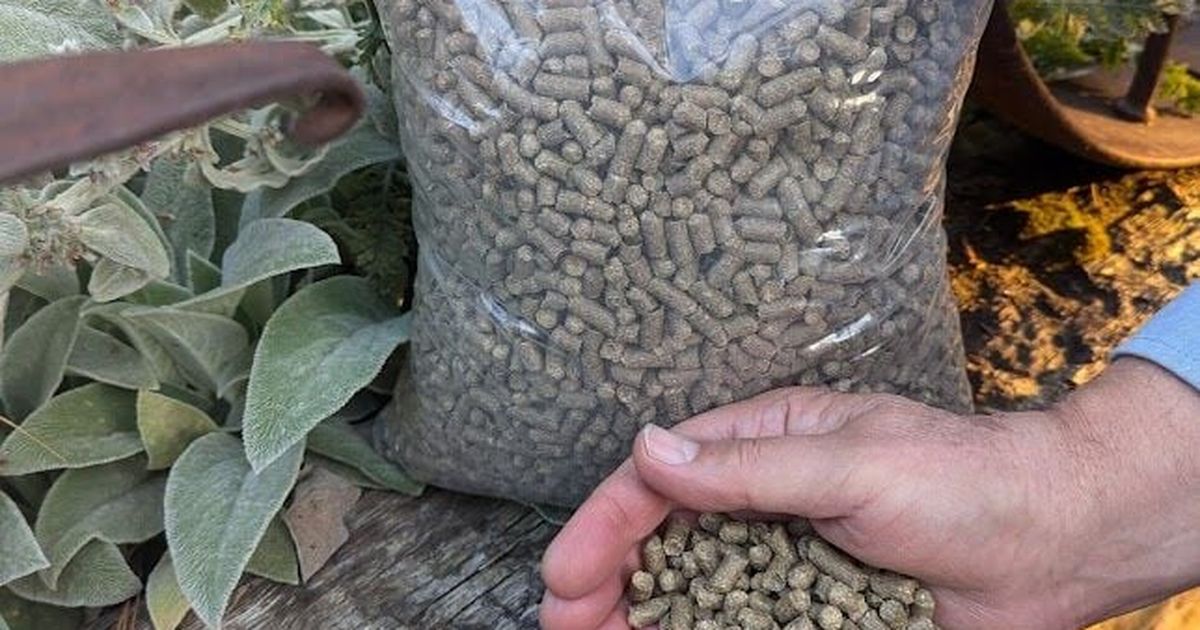September is the best time of year to renew or replace a lawn. The soil is warm, but the days cool, allowing the seeds and roots to germinate and grow quickly without the pressure of hot early summer weather.
If a lawn has few bare spots or is thin, resurfacing may be straightforward. Rake away any debris and level any uneven areas. Treat weedy areas with an herbicide such as Weed B Gon about two weeks before sowing, following label directions. Then add a 1-inch layer of compost to the entire area and scatter new seed over the area in two batches, going in one direction and then in a direction 90 degrees from the original direction. This will ensure the seed is evenly distributed. Rake the seed in lightly and cover the area with pelleted mulch, available at good garden centers. The mulch expands when wet and helps retain moisture. Roll the area with a lawn roller so the seed comes into contact with the soil and water well. Set the sprinkler system to run twice a day to keep the surface moist. The seeds should germinate within a week. Wait a couple of weeks before lightly fertilizing the area.
Replacing or installing a new lawn requires more planning and work. If the area is full of weeds, treat it with an herbicide in early September to kill the weeds down to the roots. Add an inch of compost and apply a good slow-release fertilizer. Rake the area level and water it well before seeding or laying the lawn. As mentioned above, spread the seeds and mulch evenly in two directions and roll the area.
What type of seed or sod should you plant? Fescue seed mixes are more drought tolerant than traditional Kentucky bluegrass, which is worth considering given our ongoing drought problems. Fescue grasses are also more shade tolerant than bluegrass, so they will likely do better in a shady garden. Kentucky bluegrass sod is more readily available locally, but fescue sod is available from a few suppliers.
There are also a number of online sources for seed, but you will need to check whether a particular seed offering is hardy in our area or if it can be planted in the fall. There are several species marketed as low- or no-mow grasses, and some of these are suited to warmer areas than ours. A popular trend in lawns is to plant clover instead of grass. Unfortunately, clover requires warmer weather after seeding than a fall planting will allow, so it is better to plant it in the spring. The only challenge with pure clover lawns is that they are not as hardy or shade tolerant over time as a clover-grass seed mix. If you want to do this, sow the grass this fall and overseed with clover in the spring.

